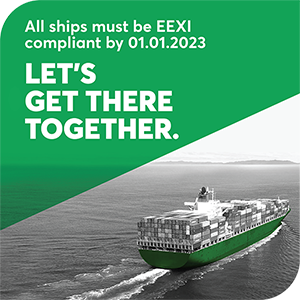The long-term aim of the IMO Greenhouse Gas Strategy is to have carbon intensity of international shipping reduced by 40% by 2030, compared to 2008, and by 50% by 2050. In view of this, short-term measures are intended to take place and come into force as early as 2023.
The IMO Marine Environment Protection Committee’s (MEPC) 75th session was held in November 2020. It approved amendments to MARPOL Annex VI, introducing an Energy Efficiency Design Index for existing ships (EEXI). Subject to adoption at MEPC 76 in June 2021, the requirements are expected to come into force in 2023. The EEXI will be applicable to all vessels above 400 GT, falling under MARPOL Annex VI. By then, the shipping companies should have proceeded with:
- Ensuring that the vessels’ performance monitoring method and instrumentation are well established and provide reliable data and results.
- Calculating the EEXI and the potential required Engine Rower Limitation (EPL).
- Possible investigation of potential measures for energy efficiency improvement, based on the above calculations and present vessel performance. The same would apply as a starting point for planning investments on the existing vessels.
- Having in mind the potentially required investments on the existing fleet, which may also dictate the future second-hand vessels and new buildings investments.
The first evaluation concerns the requirement for the EEXI decrease by the first Annual Survey after October 2022 (or 1st January 2023). In case the EPL required for being compliant with the EEXI decrease significantly affects the ship’s speed (in comparison with the present service speed), energy saving measures and devices will need to be evaluated.
There may be a second phase of the EEXI decrease in 2026. Evaluation of the results of the first phase of the EEXI will take place in 2026. As a result, the vessels which are compliant in the first stage using EPL, may not necessarily achieve it in the second stage.
